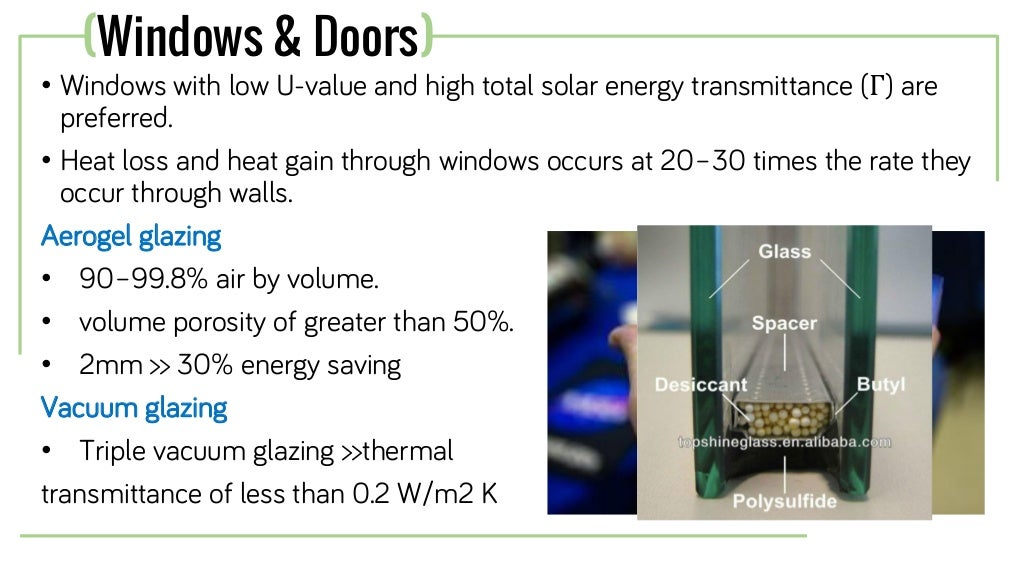

This is the first structural unit to be constructed for any building construction. The Foundation is a structural unit that uniformly distributes the load from the superstructure to the underlying soil. It is a cement-mortar layer lying between the substructure and the superstructure. The plinth is constructed above the ground level. Plinth beam is a beam structure constructed either at or above the ground level to take up the load of the wall coming over it. There are different types of stairs like a wooden stair, R.C.C stair etc. The space occupied by a stair is called as the stairway. StairsĪ stair is a sequence of steps that connects different floors in a building structure. Before flooring, the ground has to be properly compacted and leveled. Hover over the diagram to learn more about the key building. An effective building envelope also regulates heat and allows interior moisture to escape. Flooring can be done by a variety of materials like tiles, granites, marbles, concrete, etc. Building envelope is a construction term that describes how exterior building components are tied together to create a protective barrier against water and wind. The floor is the surface laid on the plinth level. Openings are provided in the walls for ventilation and access to the building. Walls provide an enclosure and protect against wind, sunshine, rain etc. It can be made from stones, bricks, concrete blocks, etc. Walls are vertical elements which support the roof.

Damp Proof Course(DPC)ĭPC is a layer of waterproofing material applied on the basement level to prevent the rise of surface water into the walls.

Architectural columns are constructed to improve the building's aesthetics while a structural column takes the load coming from the slab above and transfers safely to the foundation. Columns can be of two types: Architectural columns and structural columns. Read More: 21 Types of Beams in ConstructionĬolumns are vertical members constructed above the ground level. Beams and slabs are constructed by reinforced cement concrete (R.C.C). In case of a multi-storey building, the beam transfers the load coming from the floor above the slab which is in turn transferred to the columns. For a single storey building, the top slab forms the roof. Beams and slabsīeams and slabs form the horizontal members in a building. In residential buildings, lintels can be either constructed from concrete or from bricks. Normally, lintels are constructed by reinforced cement concrete. These structures support the weight of the wall coming over the opening. Lintels are constructed above the wall openings like doors, windows, etc. It acts as a safety wall for people using the roof. Parapets are short walls extended above the roof slab. Roofs can be either flat or sloped based on the location and weather conditions of the area. In summary, the main contribution of this approach is provision of a comprehensive and simple insight into all costs in a transparent way, because a 5D BIM model allows for optimal decision-making on appropriate energy and cost-efficient envelope components.The roof forms the topmost component of a building structure.
#Components of the building envelope software#
Sophisticated project BIM management software was used for the economic evaluation of all elements of the life-cycle costs (LCC). The applicability of the systematic approach in our case study considered 24 different variants of building envelope components at three different U-values, namely U 0 = 0.28 W/m 2K for external wall, U 0 = 0.20 W/m 2K for roof, U 1 = 0.15 W/m 2K and U 2 = 0.10 W/m 2K. Our proposed approach contributes to the environmental assessment of building envelope components throughout the life cycle and includes the economic valuation.

Economic assessment of construction and operating costs was performed by implementation of the cost-optimal methodology. The energy balance was calculated with dynamic simulation, the results of which formed the basis for the cost analysis. It focuses on the sequence of steps required for evaluation of energy and economic assessment, from the basic 3D BIM model, through the energy and cost analysis, to the final evaluation and decision-making. Our study presents a new approach to automated/semi-automated comprehensive energy and the whole life-cycle cost analysis of building envelope components using BIM, and, as such, it represents a novelty for Advanced Construction Project Management. A systematic building information modelling (BIM) approach as a new trend in the innovative approaches in the construction (AECO) industry provides appropriate support for improvement of environmental assessments. Therefore, in terms of effective decision-making, it is important to have a complete insight into construction and running costs throughout the lifespan of the building. The selection of cost-effective components of the building envelope plays a significant role in a sustainable building design solution.


 0 kommentar(er)
0 kommentar(er)
